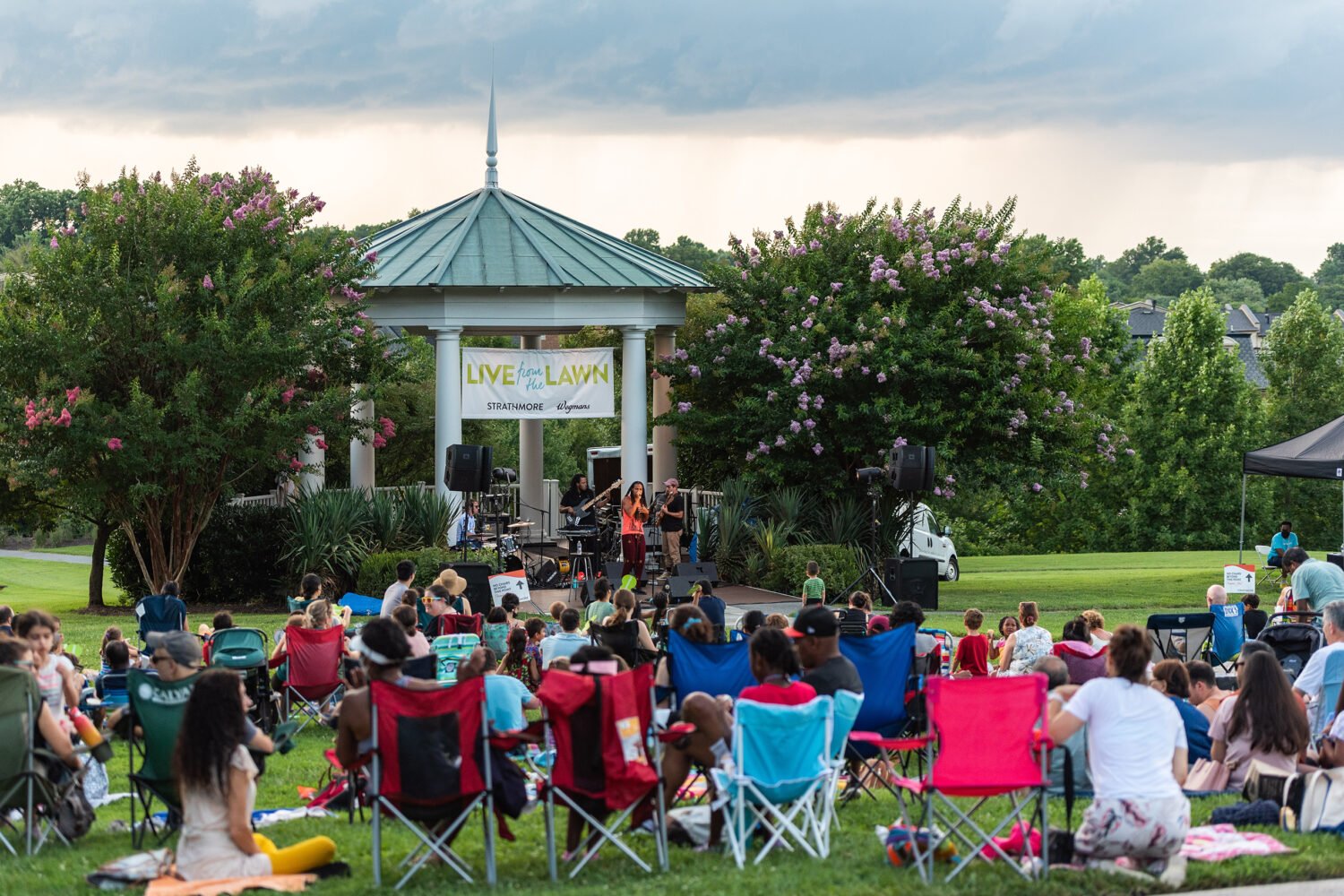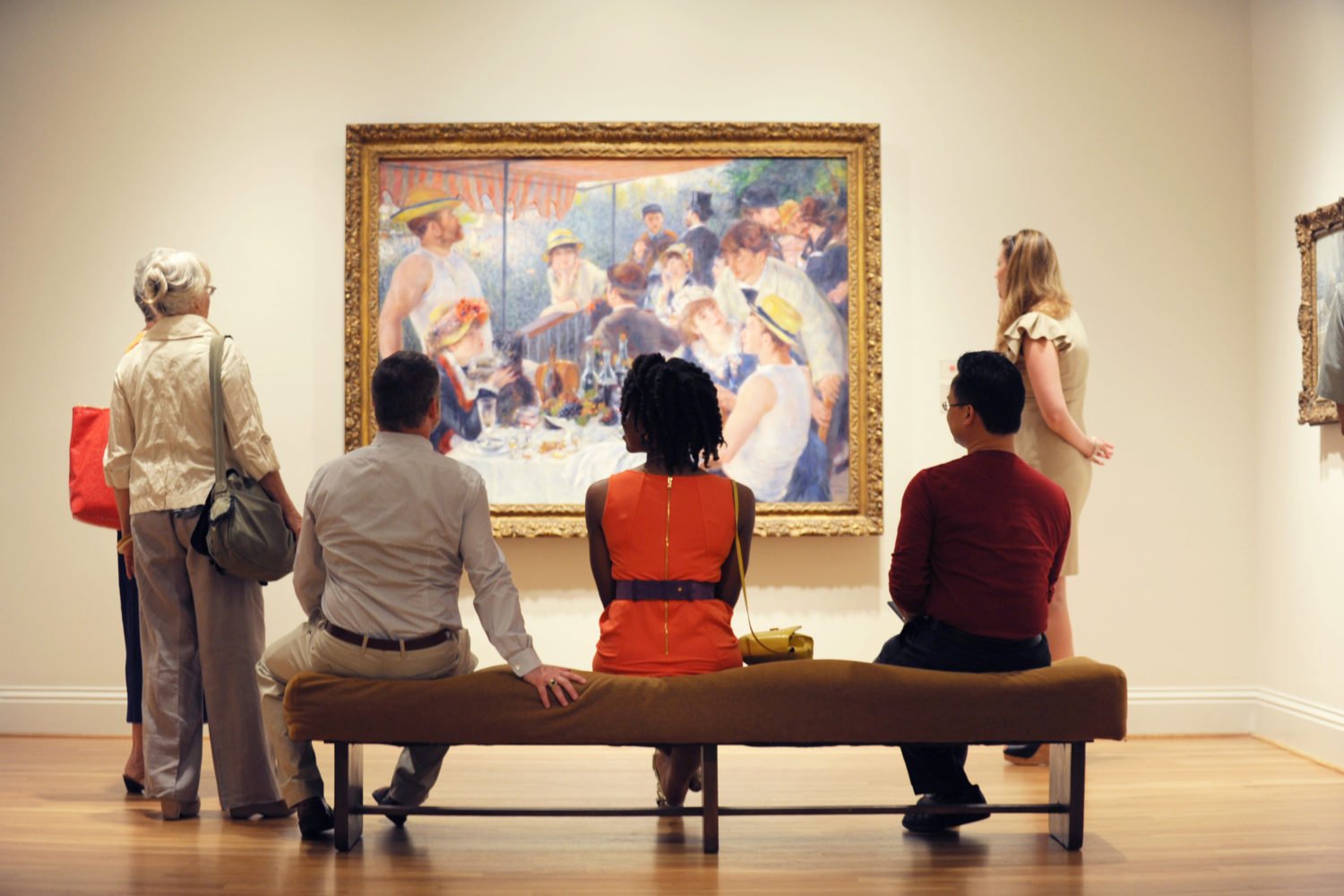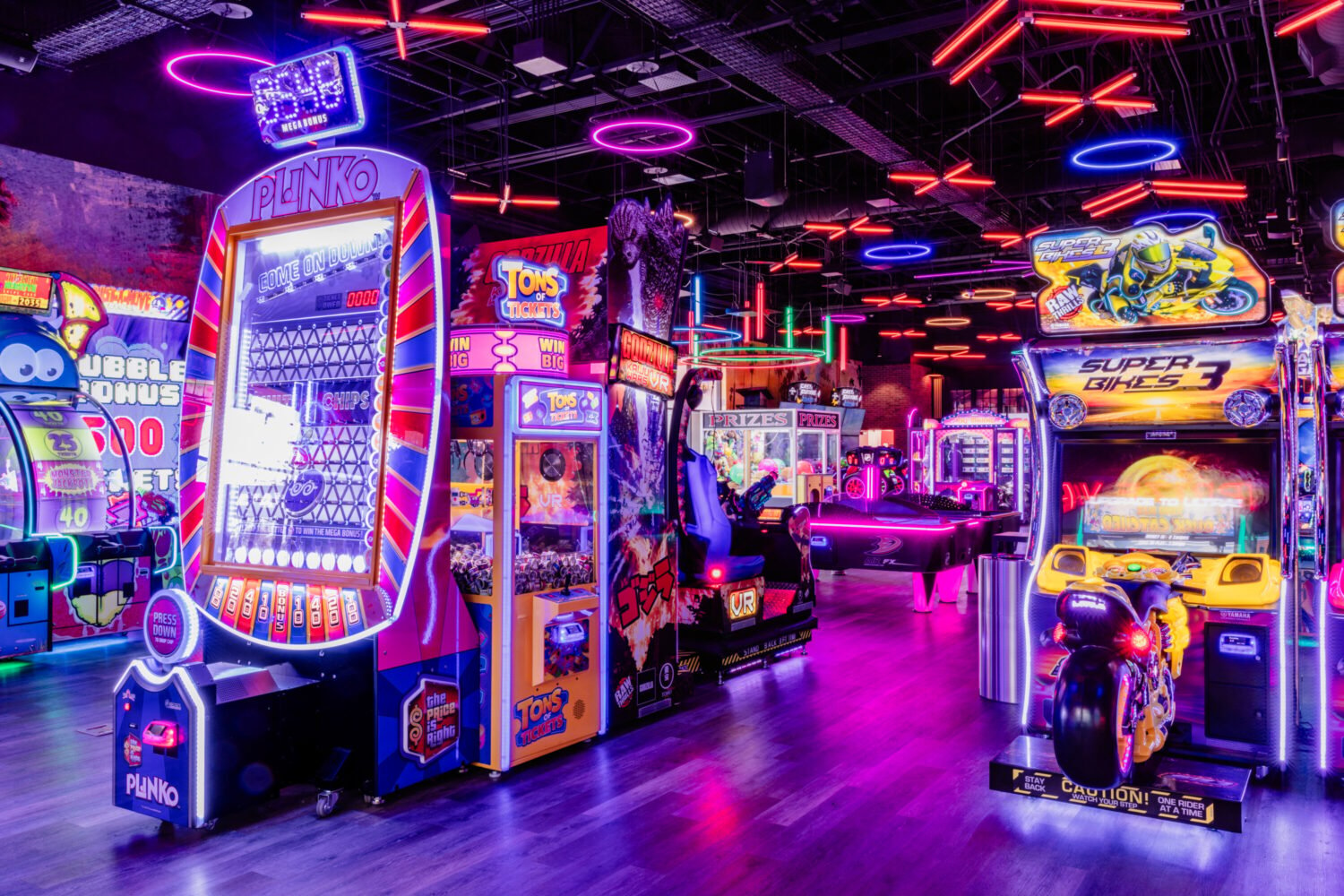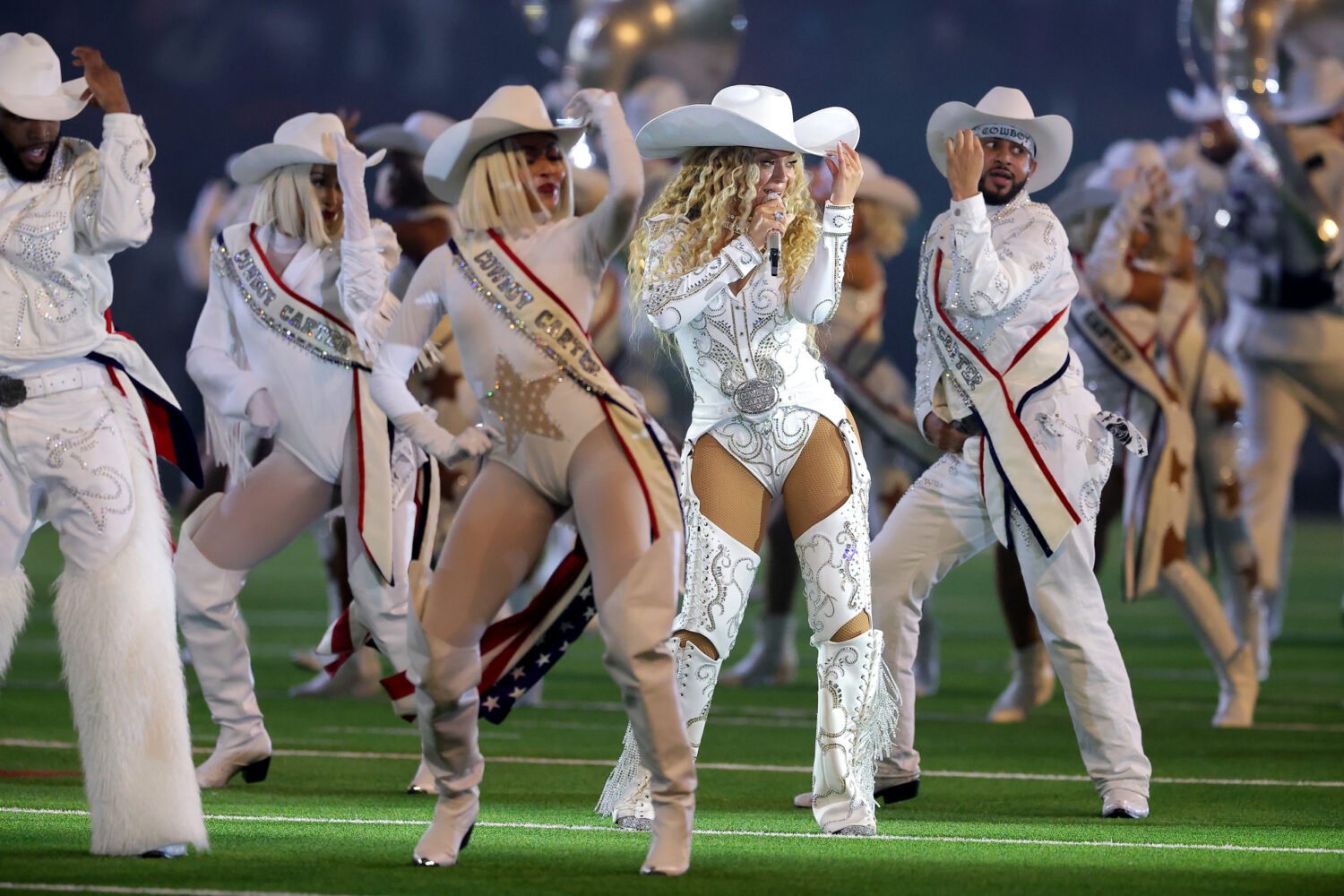With tongues planted firmly in cheeks, the four savvy actors in
The 39 Steps, running at Olney Theatre Center through
May 20, turn the classic espionage thriller into a pretty consistently
delicious
British-style farce. This reimagining of the 1935 Hitchcock
film (and the 1915 novel
by John Buchan on which it was based) originated in Britain in
2005, then made its way to London’s West End and won the 2007
Olivier Award for Best New Comedy. Some Washington-area
theatergoers may have caught the American touring company, which dropped
briefly into the Warner Theatre two years ago. Or perhaps they
saw it on Broadway in 2008 or ’09. The show won Tony and Drama
Desk Awards for design, as well as a Drama Desk nod as a
“unique theatrical experience.”
Don’t extrapolate from all those big-time credits that Olney’s production–performed in its 150-seat Mulitz-Gudelsky Theatre
Lab–is somehow less of a kick. In some ways, having the actors clowning so close to the audience, and occasionally
in the audience, may be more fun. When
Evan Casey‘s Nazi spy, for example, finally kicks the bucket, he does it endlessly and hilariously, in an aisle, dying, dying, dying.
When
Jason Lott‘s music hall performer, Mr. Memory,
squeezes the answer to a question out of his brain, his trancelike
expression is googly-eyed
and seems to be in close-up. When
Susan Lynskey, in her first persona as slinky undercover agent Annabella Schmidt, expresses disdain for the London police, she stands right
at the front row, spitting out in a splendidly bad German accent, “Ach! Za poleece–vis zeir
boots und zeir
vistles!”
Now and then, some of the slapstick schtick and nudge-nudge winks may be telegraphed a bit too far ahead, or executed a tad
too laboriously, particularly in act two. Overall, though, the Olney production, nimbly staged by
Clay Hopper and running about 2 hours and 15 minutes with intermission, comes up a treat.
The 39 Steps tweaks and twists Hitchcock’s
expressionistic and melodramatic movie, yet remains surprisingly
faithful to it. It’s also
full of references both oblique and obvious to his other films.
It’s fun to try to catch them: Start with the rope hanging
on the wall and the steamer trunks on the stage, and go from
there.
Hopper is well served by his little ensemble, whose fourth member is
Jeffries Thaiss as the somewhat reluctant
protagonist, Richard Hannay. In a pencil mustache, tweeds, and a pipe,
Thaiss, an Olney regular,
nails just the right panache and wit for the stiff-upper-lip
hero. Hannay is apparently British- or Scottish-born, but was
raised somewhere in the Empire, perhaps Canada. Thaiss gives
him a refined trans-Atlantic accent, which places him as a classy
guy on either side of the pond.
In keeping with the farcical style in which the show was originally conceived, Olney’s production is low-tech to a droll degree.
The set (designed by
Cristina Todesco) includes a casement window
with an undependable pull shade and a wooden doorway, both of which can
be rolled anywhere they’re
needed. The walls of the theater on all sides of the stage are
hung with ordinary stuff–chairs, lampshades–old props from
other shows, perhaps. In the train scenes, two steamer trunks
double as seating and compartments, and projections of scenery
whizz by on a sheet strung up as a movie screen. Two movable
black ladders imply the girders of a railway bridge. The projections
(designed by
JJ Kaczynski) switch from horizontal to vertical when Hannay jumps off the bridge into the roiling waters of the Firth of Forth, and more
than once the projections steal baldly and amusingly from other Hitchcock films.
Lott and Casey, billed as Clown One and Clown Two,
respectively, play everyone not covered by Lynskey’s three female roles
or Thaiss’s Hannay: leering lingerie salesmen, cops, train
conductors, a Scottish couple running a hotel, a bespectacled Nazi
agent and his wife, bumbling police inspectors, and doddering
old men. During the train sequence, they alternate between cops
and conductors, donning and shedding hats and jackets at
breakneck speed.
Credit costume designer
Pei Lee for the high and low 1930s fashions. The lighting by
Nicholas Houfek and sound by
Alex Neumann adds to the fun, with shadows
and fog, spotlights, train whistles, gunshots, foreboding music, and the
sense that this high-end
spoof remains, as it was always intended to be, a salute to
live theater, but without hydraulic stages and “flying” superheroes.
If you’re curious how faithful this spoof is to Hitchcock’s
film, check it out on Hulu
and be surprised. Olney’s production and the film make a nice
double feature.
The 39 Steps
is at Olney Theatre Center through May 20. Tickets ($26 to $54) are available through Olney’s website.
















